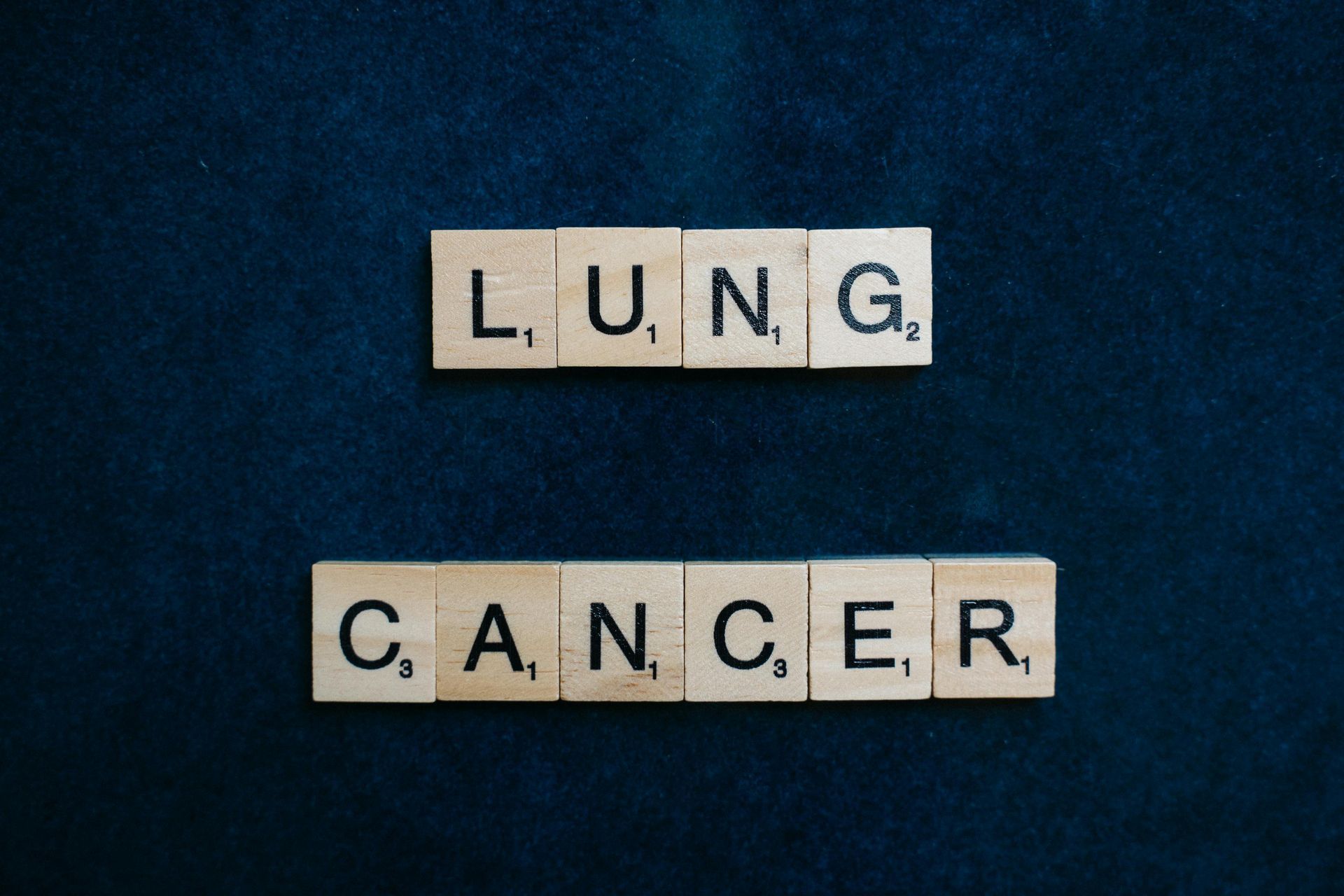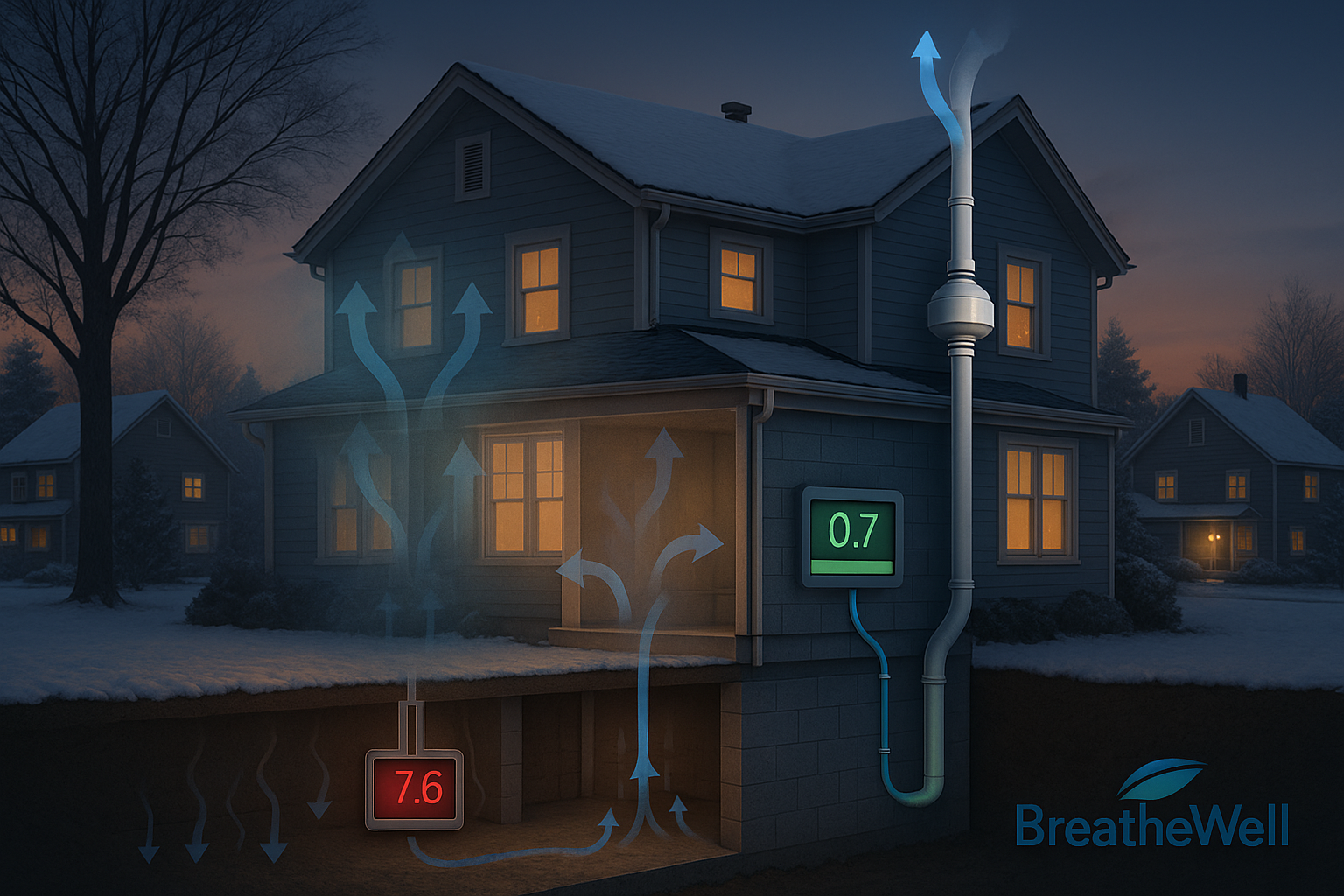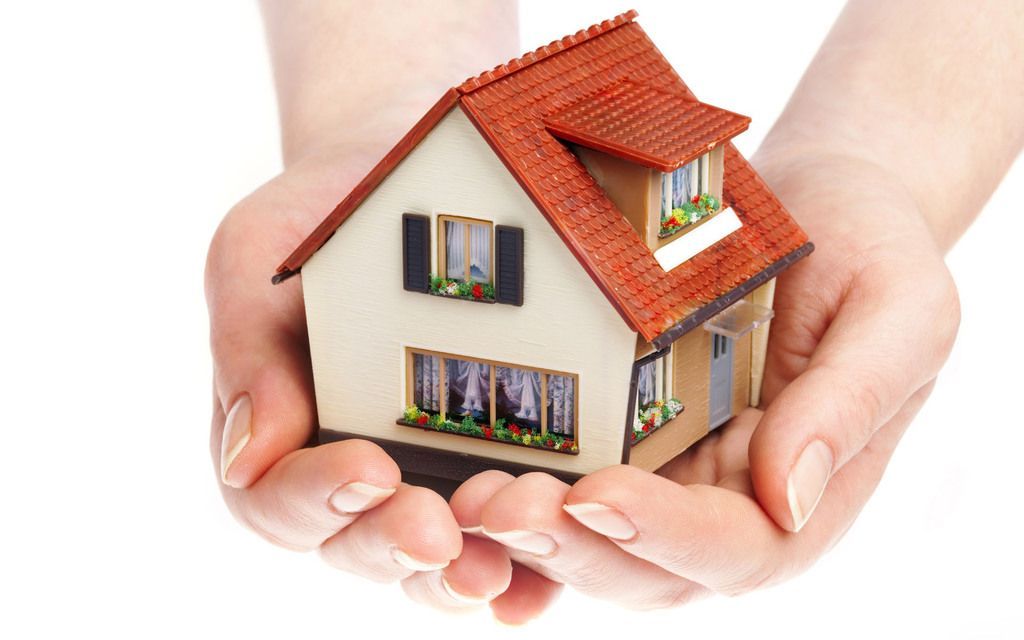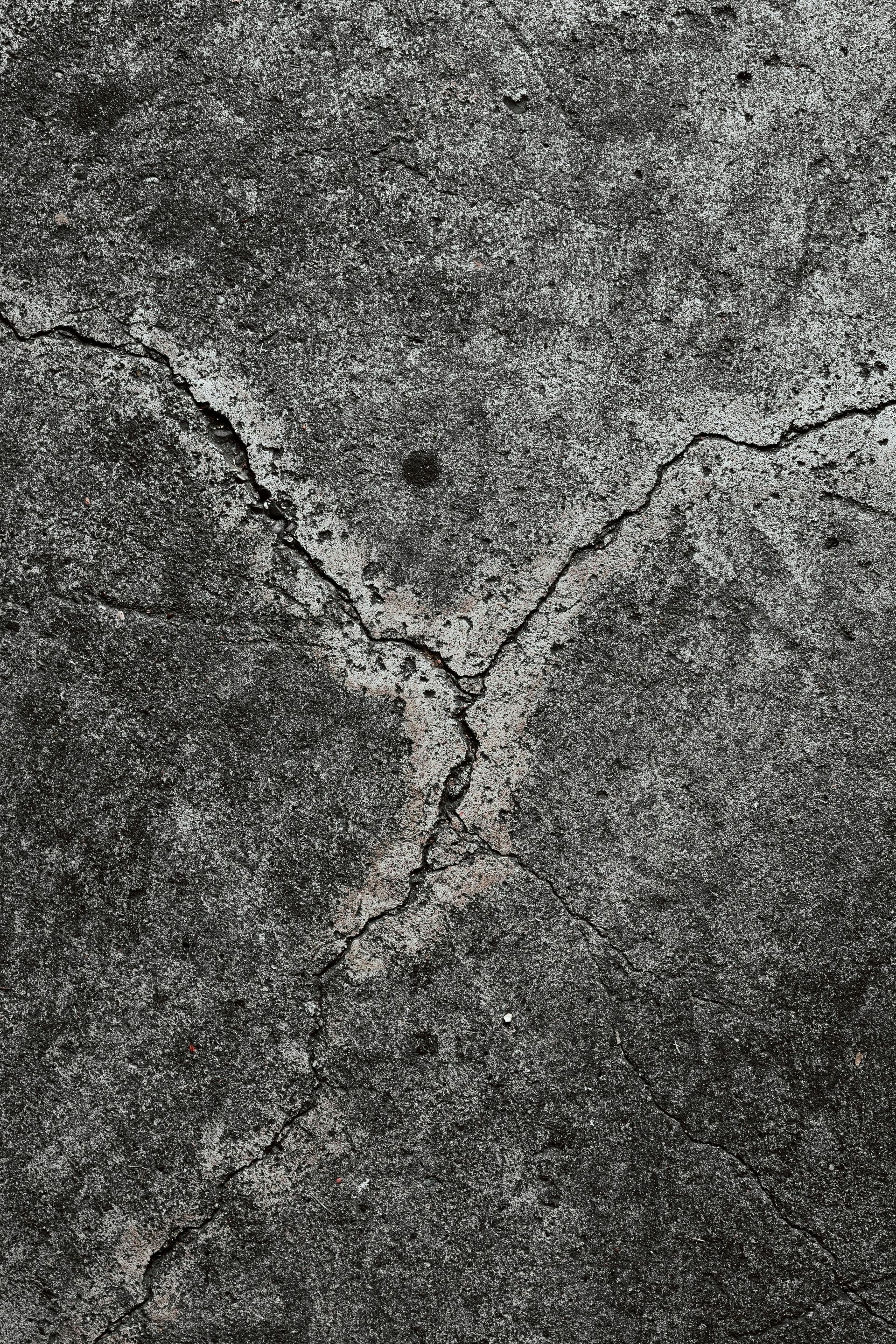The Link Between Radon and Lung Cancer

What Is Radon and Why It’s a Serious Health Risk
Radon is a naturally occurring radioactive gas that forms as uranium decays in the soil beneath your home. It moves upward through cracks in the foundation, floor drains, or unsealed pipes, especially in Minnesota homes that have basements or crawlspaces.
Because radon is odorless and invisible, it often accumulates silently to hazardous levels. Long-term exposure is one of the leading causes of lung cancer, especially for non-smokers.
How Radon Causes Lung Cancer
When radon gas is inhaled, it releases radioactive particles that attach to the lungs’ delicate lining. Over time, these particles emit radiation that can mutate DNA and damage lung tissue, eventually leading to cancer.
According to the EPA, radon exposure causes approximately 21,000 lung cancer deaths each year. It’s the second leading cause of lung cancer after smoking—and the leading cause among non-smokers.
For smokers, radon exposure is particularly dangerous, multiplying the risk of lung cancer many times over.
Why Minnesota Homes Are Especially Vulnerable to Radon
Minnesota consistently ranks among the highest radon-risk states in the nation. The region’s glacial soils and cold winters create ideal conditions for radon buildup.
Homes in St. Paul and across the Twin Cities are typically sealed tightly during the winter months to conserve heat. Unfortunately, this traps radon indoors, where it can accumulate to harmful levels. Even newly constructed homes can test high due to natural soil gas migration.
The Silent Nature of Radon Exposure
Radon exposure doesn’t produce visible or immediate symptoms—no cough, fatigue, or warning signs. The effects develop silently over time, often resulting in lung cancer years after exposure.
Because radon can’t be detected by sight or smell, routine testing is the only way to identify and prevent danger.
How to Test and Reduce Radon Levels in Your Home
The EPA recommends that homeowners take action when radon levels reach 4 pCi/L or higher. Fortunately, testing and mitigation are simple and highly effective.
Steps to protect your family include:
- Professional Radon Testing: Certified testing provides accurate, lab-verified results.
- Mitigation System Installation: A sub-slab depressurization system safely vents radon gas outdoors.
- Post-Mitigation Retesting: Ensures your system is working properly year-round.
- Smoking Cessation: Reducing smoking indoors significantly lowers lung cancer risk when combined with mitigation.
Mitigation systems can reduce radon concentrations by up to 99%, making them one of the most effective home health investments you can make.
BreatheWell Radon Solutions: Trusted Protection for St. Paul Homes
At BreatheWell Radon Solutions, we specialize in scientific testing and custom mitigation systems designed for Minnesota’s soil and climate. Our certified team understands how radon moves through local geology and how to design systems that perform efficiently in both older homes and new construction.
We bring precision, transparency, and care to every project—helping St. Paul homeowners protect their families from one of the most serious indoor air threats.
Take Control of Your Indoor Air Quality
Radon is invisible, but the health risks are undeniable. Don’t wait until it’s too late—protect your home now.
Schedule a professional radon test with BreatheWell Radon Solutions in St. Paul today. We’ll assess, mitigate, and ensure your home’s air is safe for years to come.
Breathe safe. Live well. Choose
BreatheWell.
Ready to work with BreatheWell Radon Solutions?
Let's connect! We’re here to help.
Send us a message and we’ll be in touch.
Or give us a call today at (651) 615-7770



